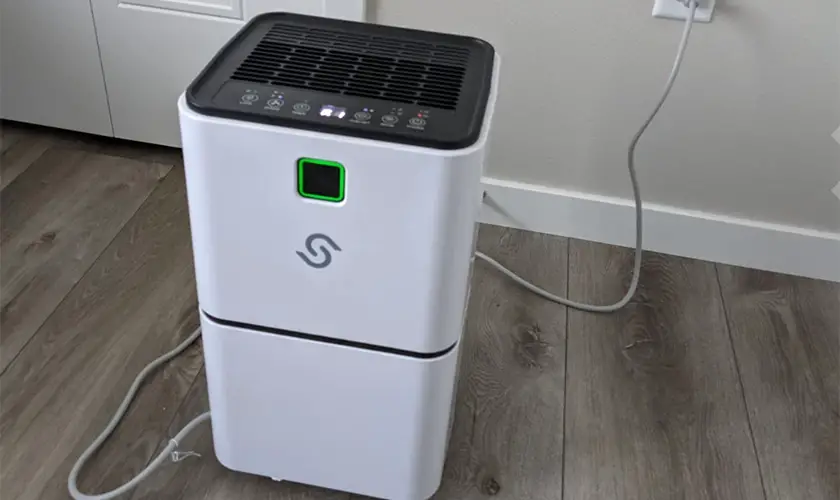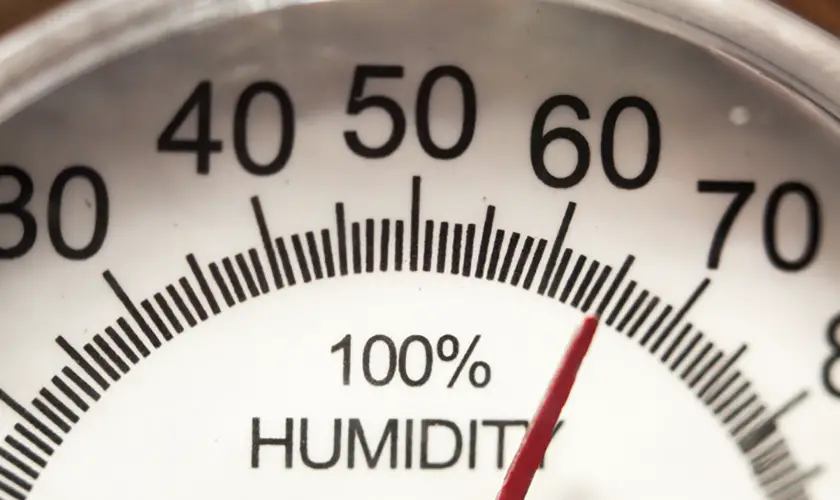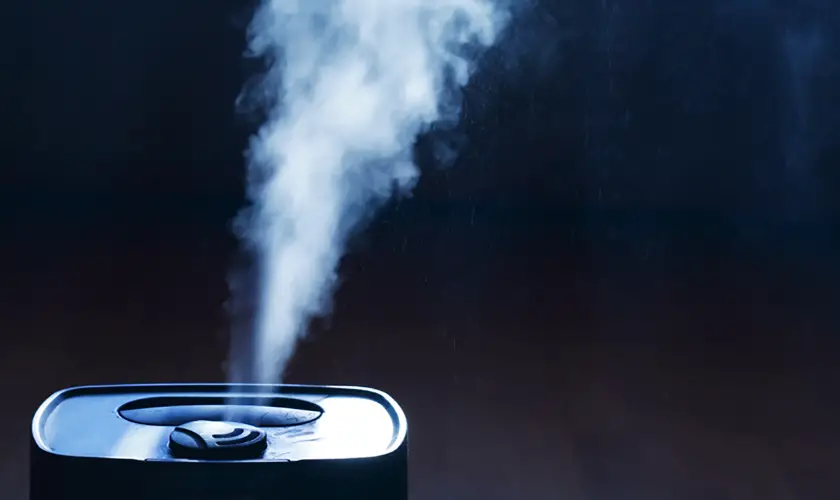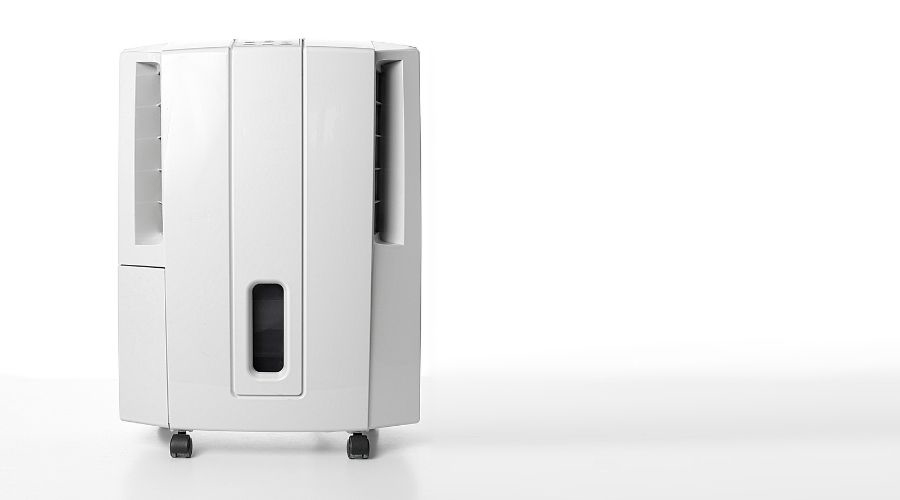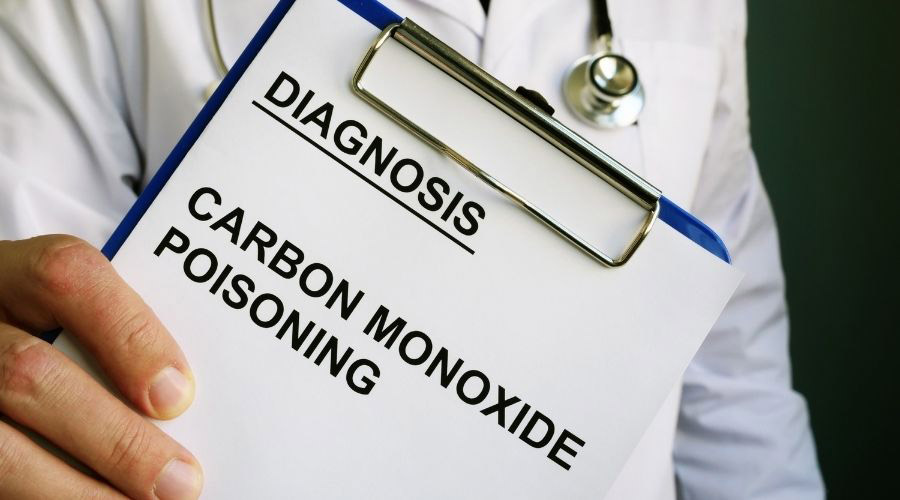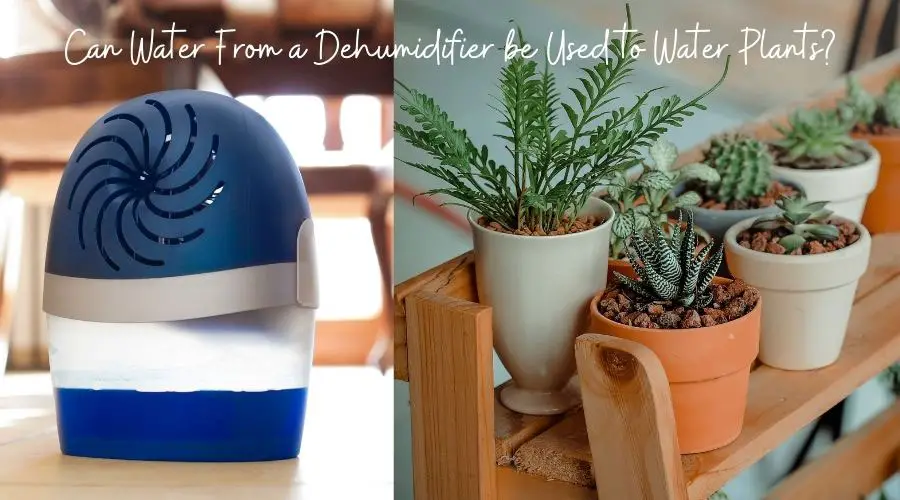
Making the absolute most of anything and everything that comes your way is a must in today’s modern world. To that end, a popular question has been churning around the rumor mill.
Can the water produced by your dehumidifier be used (to a safe degree) on your house plants?
You can use dehumidifier water for your plants! However, you may not want to use it to water edible plants because of specific microorganisms or heavy metals inside the water.
The water can have quite a few uses outside of keeping your plants sprightly. Other alternatives can be found all around the inside and outside of your home, assuming you can be creative enough to make it happen.
Anything from washing your car, filling a washing machine, and flushing a toilet can find a place with this water. Still, we’ll dive more into that later!
Is Water From a Dehumidifier Safe for Plants?
Asking if the water is safe for plants is a fascinating question for a few reasons. Firstly, anyone who takes the time to consider where the water from dehumidifiers originates would know the water can have some pretty disgusting contaminants.
Anything ranging from fungi, bacteria, mold, and even excess metal shavings accumulated in the process can all be left in the murky deep that is the water tank.
Regular Plants
Unlike us, plants can use this heavy demineralized water that may or may not have added a few extra floating organisms for flavor.
Those very same additives make it very unhealthy for humans. Still, they pose no threat to the plant itself, assuming it isn’t an edible one, that is.
Edible Plants
Suppose it does happen to fall into the latter category. In that case, you may want to refrain from utilizing the water from the dehumidifier.
The reason is that you would inadvertently consume the same disgusting water, granted it has undergone a filtration process.
Carnivorous Plants
Like venus fly traps, carnivorous plants have delicate nutritional values that are largely kept in check. Their constant diet of flies and other insects wander into their loving embrace.
You can still introduce this slightly tainted water to the plants if you truly desire. Still, you wouldn’t necessarily need to under most circumstances.
Can You Use Dehumidifier Water for Edible Plants?
While we did briefly get in touch on this above, it’s highly recommended you stray away from introducing the remnants of your damp air into your fresh veggies.
While you likely wouldn’t experience any adverse side effects from doing so, the potential is always there. As such, you would probably want to keep your food safe and fresh rather than make yourself an experiment.
Alternatively, the world is your oyster, and you can most definitely roll the dice by using the water itself. You would be much better off using tap water or almost any other water source for the same benefit.
Is Water From a Dehumidifier the Same as Distilled Water?
Water obtained from dehumidifiers is indeed distilled. However, only in the most technical sense of the word because it has been processed to a certain degree. Still, it is in no way, shape, or form clean or suitable for consumption.
What’s worse is this water is so unclean that you aren’t even able to use it for your more common day-to-day practices like brushing your teeth or even taking a bath.
These limited exposures can open up some hazardous instances under the right circumstances. The issues range from creating a severe infection in potential wounds in the mouth or cavities to irritating and inflaming the skin.
Suppose we were to delve even further into the proverbial rabbit hole. In that case, you are exposing yourself to countless microscopic bacteria that can wreak even further havoc on your immune system and body just from simply consuming it. Not to mention, you’ll be forcing it into any of the various cracks of yourself.
Distilled vs. Water Collection of a Dehumidifier
While the two have a similar process, you would be akin to comparing mercury and water are the same because they are both liquids. They are fundamentally the same due to the distillation operation being very long and complex.
Distilled Water
The distilled water process begins initially with heating the water to a point where it vaporizes. It is controlled heavily to ensure that any potential contaminants remain in the water’s liquid form, allowing the vapor to be pure and free of allergens.
Following this, the vapors then move into a separate unit called a condenser. The condenser effectively reverses the process and turns the steam back into a liquid that can be consumed without fear of getting sick, mind you.
Dehumidifier Water
On the other hand, water obtained from the dehumidifier does not have any beneficial purifications that occur in the initial heating process.
Instead, the water condensed into the dehumidifiers bin holds those same pollutants. If we view this delightful concoction as a formal drink, it remains in the water to stagnate or better ferment.
Is Condensate Water Safe for Plants?
Condensate water, by and large, finds itself in the same relative position that water accumulated from a dehumidifier is in. The water riddles with trace amounts of the following:
- Metal
- Fungi
- Bacteria
- Anything else that may have migrated into the area during the collection process.
Bearing the above in mind, you could use it for most household plants. Still, once again, you would want to refrain from pouring it onto your edible plants purely due to cross-contamination and potentially avoiding any allergic or severe reactions.
Is Dehumidifier Water Potable?
While it is an intriguing concept, drinking the water created from your dehumidifier isn’t just a bad experience. It can be a grotesque and even dangerous choice, especially considering most people have cleaner options available.
The water you would potentially drink from your collecting bin has an infestation with all manners of tiny organisms and bacteria and contains heavy metals and industrial pollutants.
Let us take a closer look at these subjects below.
Heavy Metals & Industrial Pollutants
Metal shavings that can accumulate in the storage tank are the least of your worries. The reason is that people do not expect manufacturers to build their dehumidifiers with food-grade materials that are safe to drink from.
You can be exposing yourself to countless toxins and metallic fillings if you consume dehumidifier water. As such, they won’t have any innate safety feature preventing them from collecting in the tank, much less filtering them out.
Anything ranging from aluminum, plastic, and even copper can be the byproduct of your dehumidifiers attempting to stabilize the humidity in your home.
These metals can cause extreme harm and injury to you if consumed. Drinking it would warrant a trip to the hospital if you indulged in some murky storage water.
Not to mention, heavy metals are hard to eliminate from your body. Once consumed, you’ll have to detox your body immensely, which can take years. Here are some signs of heavy metal toxicity:
- Diarrhea
- Chills
- Abdominal pain
- Weakness
- Breath shortness
- Tingles in the hands and feet
- Vomiting
- Nausea
If you suspect you have heavy metal toxicity, seek medical attention. To avoid this issue and lessen the chances of complications altogether, make sure you stick to clean, purified water.
Microorganisms
As you might have guessed, the water collecting inside your dehumidifier is a cesspool for all bacteria. As most people don’t routinely clean the inside of this bin, the bacteria themselves can grow at an alarming rate.
The sheer amount of them collecting in the stagnant water should deter them. However, if that isn’t convincing, the onslaught of medical abnormalities that can befall you from ingesting large volumes of them at a time will.
Side note: It is unwise to use dehumidifier water for your animals to drink or place it in a fish tank for this reason as well.
Other Uses for Dehumidifier Distilled Water
Straying away from the concept of consuming the water itself, you can use it in different ways if you are creative enough.
Anything from cleaning your car tires to flushing toilets can vary depending on how far you are willing to go to make the most of something.
1. Clean Around Your Home
Innovative will allow you to create opportunities to use your greywater in many ways. One of the most creative ways to utilize it would be cleaning outside surfaces like your car or driveway.
Some people would even go so far as attempting to clean the inside of your home. On the other hand, this is somewhat walking right back into that problematic area of the water itself, being a host for microorganisms.
These bacterial fiends will remain dormant in the water unless you sterilize the water with bleach. Even then, you would still be better off saving yourself time and frustration just using water from the tap.
2. Flushing Toilets
Another phenomenal use for this excess water is forcing your toilet to do a complete flush! Keeping a bucket on standby full of this water can allow you to keep your eco-footprint small and minimize the amount of water used while disposing of your waste.
Not only that, but you’ll save an immense amount of money in the end!
3. Steam Iron Your Clothes
Specific locations are more prone to progressive limescale build-up than others. In most cases, people living in areas limited to hard water suffer from this the most.
Still, a ready solution is available if you are willing to be diligent enough to collect the water from your dehumidifier and repurpose it here.
You would be avoiding the traditional hard water build-up here lies solely in the water removal of specific impurities that would allow the onset of limescale to begin.
4. Recreational Painting
A fantastic pastime beloved by many can also be part of your solution to getting the most out of your dehumidifier water. Using the water to clean your brush will create yet another opportunity to throw it out and do something meaningful and stimulating to boot!
5. Flowers in Your Home
Almost all plants welcome any water they can get; flowers are no exception to this rule.
Most types of flowers that do not have sensitive petals, roots, or nutrient requirements will be able to put this water to spectacular use with almost no downsides!
That being said, the flowers may yield some rather interesting results in size, color, and overall health, depending on the genus of the flower itself.
If you are not sure whether using the water can harm your flowers or not, all you’ll need to do is avoid doing so to keep your plants lively.
Conclusion
Ultimately, you can spend a significant amount of time finding the most valuable ways to use your dehumidifier water. Still, the most common and rational use for it would be using it to water your plants.
Almost all plants can use the water generated from dehumidifiers with little to no side effects. It allows you to save time hauling the water outside to a sink or wasting it in general.
However, despite the water being an issue, dehumidifiers are excellent devices to remain within your home! It can help with many issues, such as reducing allergens or sweating less.
The water itself is just a byproduct of you reducing the humidity in your home, though, so you are not experiencing any innate loss in value or time if you do decide to pour it down the drain or outside, so take some time to gauge whether or not the effort is worth it for your time!


